Flexcom 8.4 is another exciting new release in the Flexcom 8 series. This latest version provides several important new features along with a range of practical additions which contribute to improved user experience.
Full details on all of these new features is contained in the Flexcom 8.4 Newsletter. Rather than following the written documentation, you may prefer to watch the Tutorial Video on YouTube.
Usability |
Technical Features |
Other Items of Note |
•Fully integrated unit systems, including standard SI and imperial options. Intrinsic conversion functions even allow you to combine various units, giving you the power and flexibility to specify inputs any way you choose. Refer to Units Systems for further information.
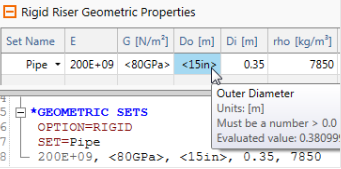
•Enhanced model view, including multiple simultaneous views, saved camera positions, a measuring tape control, and a new “inspector” feature which allows you to examine material properties directly from the structural animation. Ranges/extremes may now be explicitly defined for stress colouring. Refer to Set Number and Layout of Panes, Element Inspector, Save and Restore Camera Positions, Show Measuring Tape Control and Control Element Colouring for further information.

•Flexcom 64-bit version, designed specifically for 64-bit operating systems. The latest version offers improved run-time performance on 64-bit machines. Specifically, Flexcom 8.4 is approximately 14% faster than Flexcom 8.3.
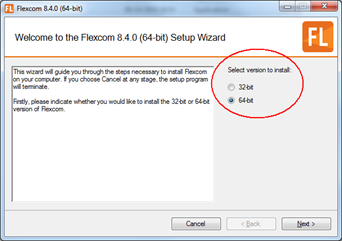
•New documentation system, fully integrated into the software. It also incorporates extensive cross-referencing for effortless browsing. The documentation is also available online at https://flexcom.fea.solutions/index.html.
•Reorganised examples set for ease of access - refer to Examples for further information. There are also some interesting new examples, including C03 - Turret Disconnect, E03 - Floating Hose, G03 - Rigid Spool, H04 - Pipe Laying and J01 - Dropped Object.
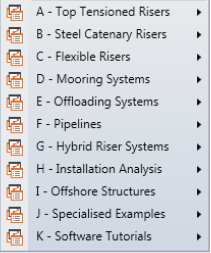
•Powerful 3D seabed modelling facility. Flexcom can handle complex seabed topographies with ease. You simply specify an arbitrary cloud of data points, and Flexcom’s triangulation algorithm automatically generates a continuous profile via cubic spline interpolation. Refer to 3D Seabed Profile for further information, and H04 - Pipe Laying for a sample model.
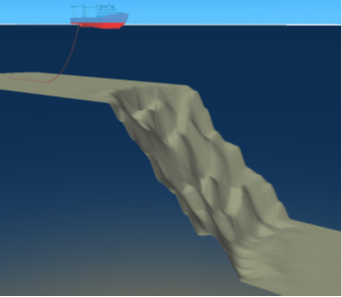
•Solution criteria automation – you can now specify a required constraint (such as maximum bending moment in the touchdown zone), and Flexcom automatically adjust the model configuration to satisfy the specified criteria. Refer to Solution Criteria for further information.
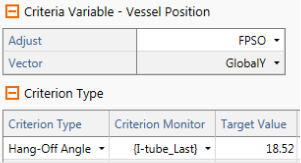
•Streamlined interface with Shear7, allowing you to define all the required inputs through Flexcom, providing a seamless integration of the modal and VIV fatigue analysis stages. Refer to SHEAR7 Interface for further information.
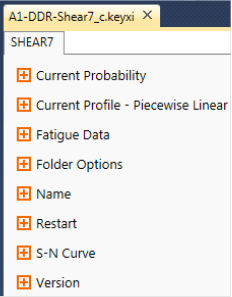
•API-2RD code checking, allowing you to automatically check your riser designs against the very latest codes of practice. Refer to Code Checking for further information.
•Standard soil models tailored towards drilling riser analysis, including sand, soft clay, stiff clay etc. Refer to Soil Modelling for further information.
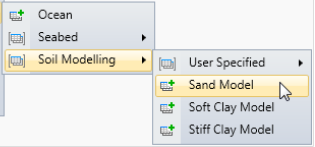
•4-core processing comes as standard with Flexcom 8.4. Effectively this means that existing Flexcom users who are using standard licence contracts can now double their processing power at no additional cost.
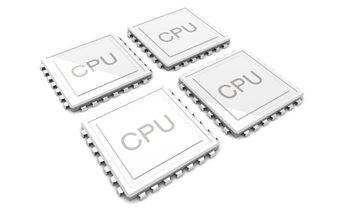
Aside from the major new features listed above, Flexcom 8.4 also provides numerous helpful additions, including...
•Table Editor. Several usability enhancements, including....
oClearly labelled units
oPrompting for defined items (such as element set names)
oUndo/redo function
oTables listed in alphabetical order for ease of reference
•Curve Preview. Any non-linear relationships (e.g. stress-strain curves, P-y curves) may be previewed and visually inspected within the Flexcom user interface. Refer to Input Value Graphs for further information.
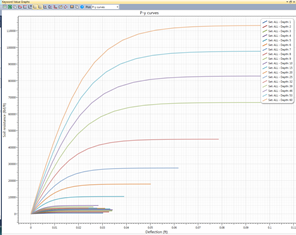
•Curved Guide Surfaces. Contact may now be modelled with both the outer (convex) or inner (concave) surface of a curved guide surface. This may be useful for modelling a component such as a diverter housing in a drilling riser analysis. Refer to Cylindrical Guide Surfaces for further information.
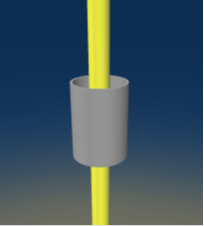
•Set Length Timetrace. Element set lengths may now be plotted as a function of time, which can be very helpful for monitoring winch payout. Refer to *TIMETRACE for further information.
•Run Root. The new Run Root Analysis option allows you quickly run an analysis, without having to concern yourself with input file dependencies. The software automatically runs any preceding analyses in a restart chain, before executing the required simulation.

•CSV Output. The Plotting feature has a facility to export data from individual plots to Excel or CSV files. When working with a large number of plot files, perhaps through a script, this export procedure can get tedious. With Flexcom 8.4 you can now request an additional CSV file to accompany all plot files. Refer to Spreadsheet Output for further information.
•Smart Select. When selecting text in the Keyword Editor, all other instances of that selected text in the file are also highlighted. This is very useful when inspecting a model to quickly identify where named items are used. For example, simply select an element set name to quickly see all the places in the file where that element set is used. This is also very useful for tracking parameters used in equations. Similarly, all instances of the search text are highlighted when using Find in the Keyword Editor (CTRL+F).
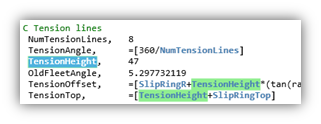
•Variable-Variable Plots. These plots have been improved for Flexcom 8.4 and it is now possible to combine any two timetrace plots to create a variable-variable plot such as tension-angle.

•64-bit Excel. The Flexcom Excel Add-in is now compatible with both 32-bit and 64-bit versions of Microsoft Excel.